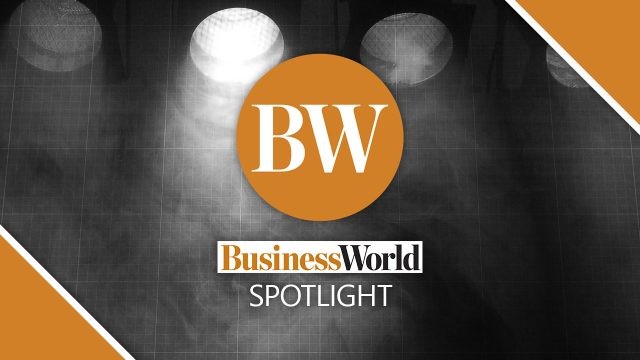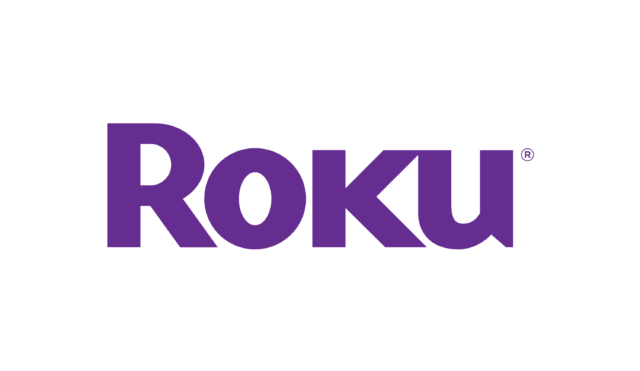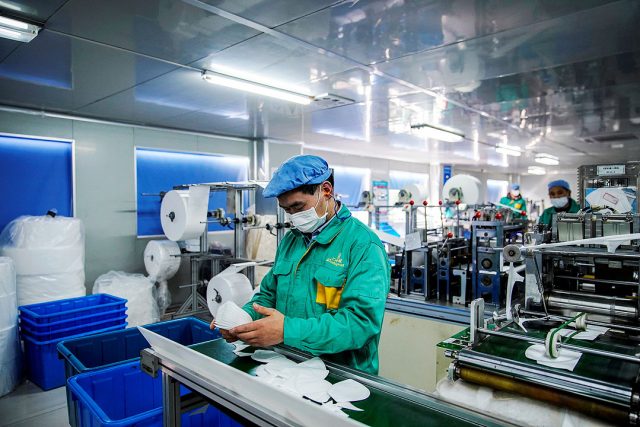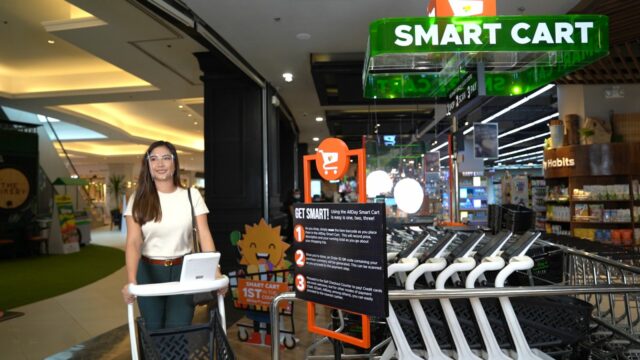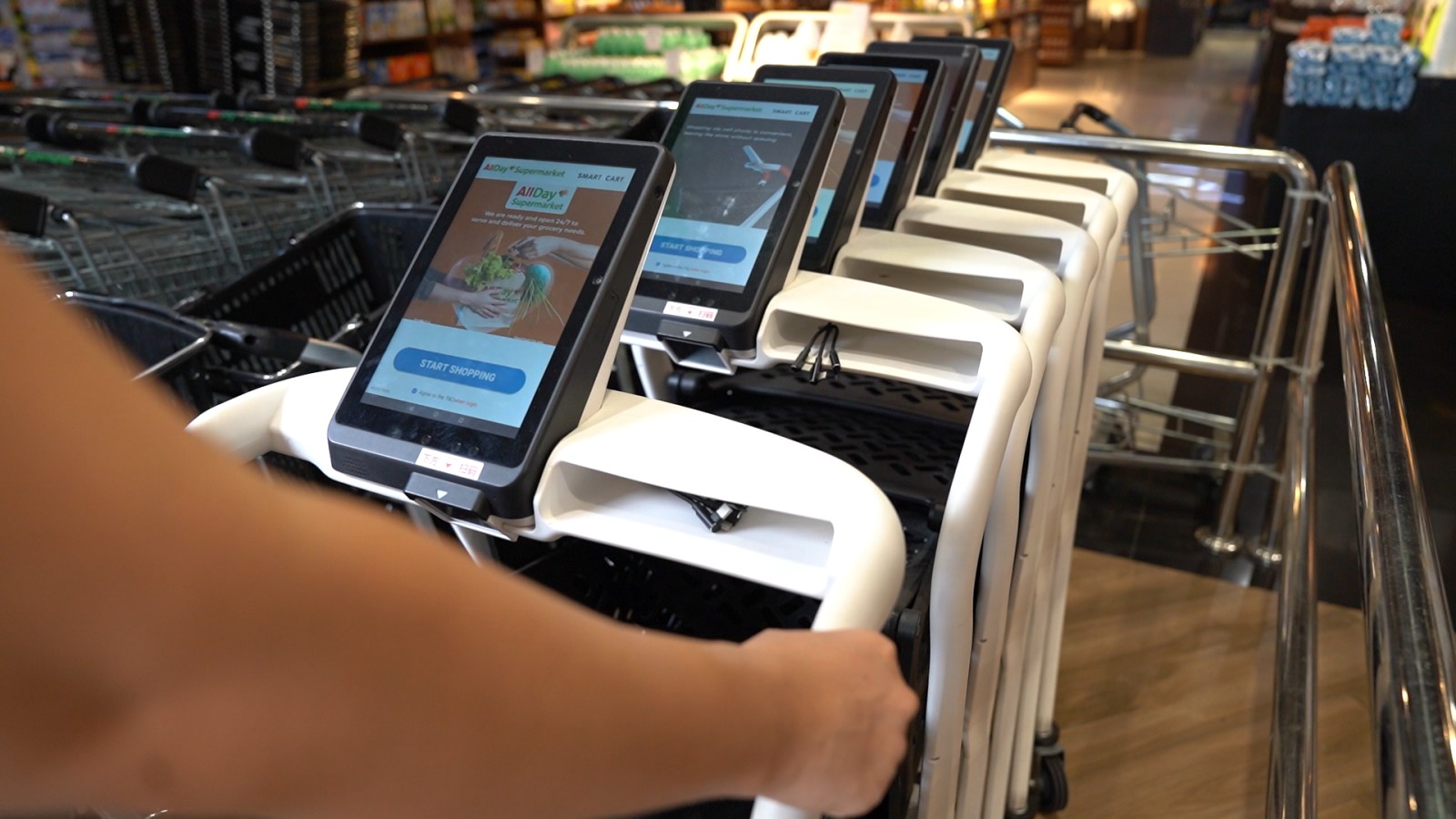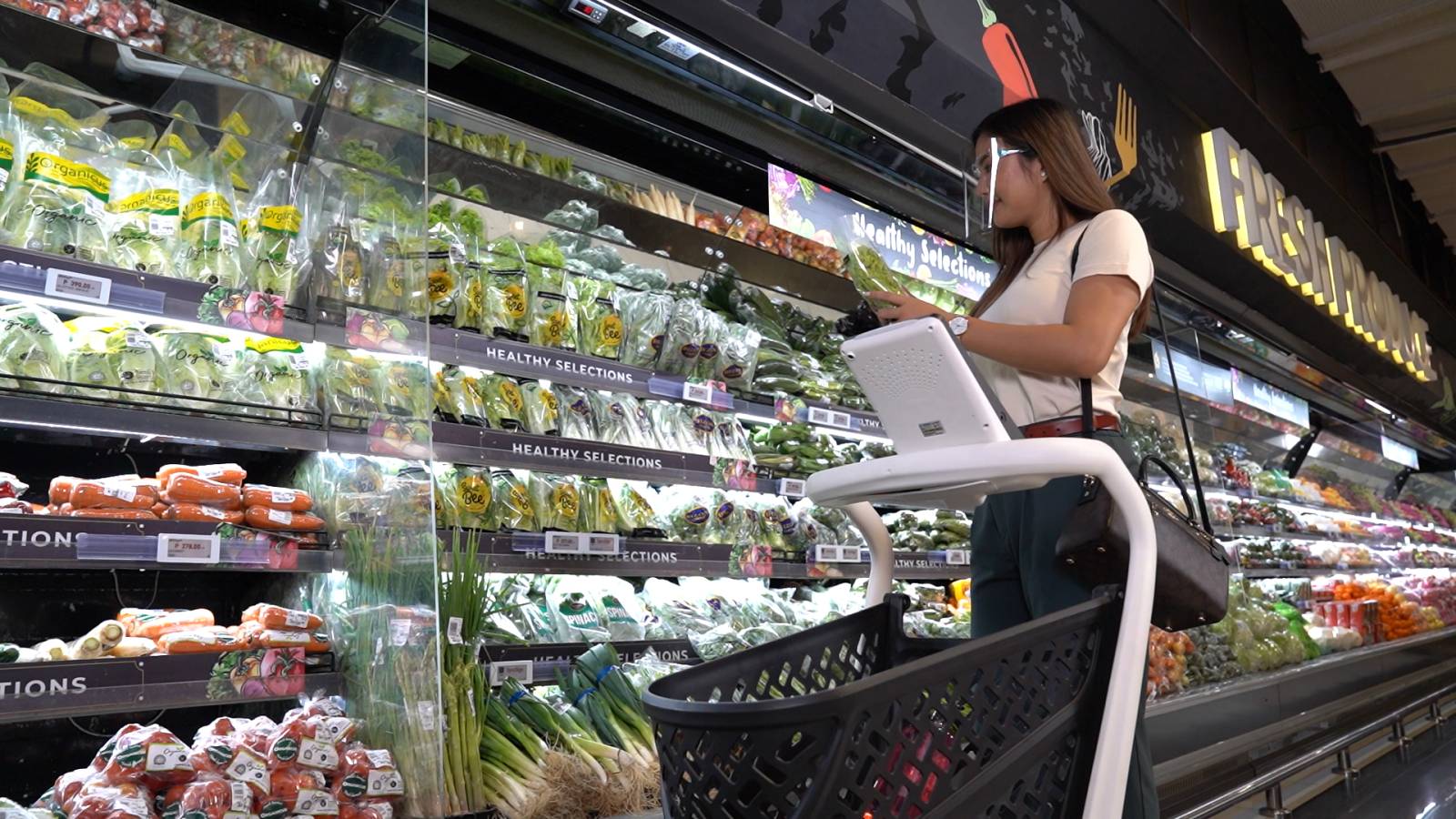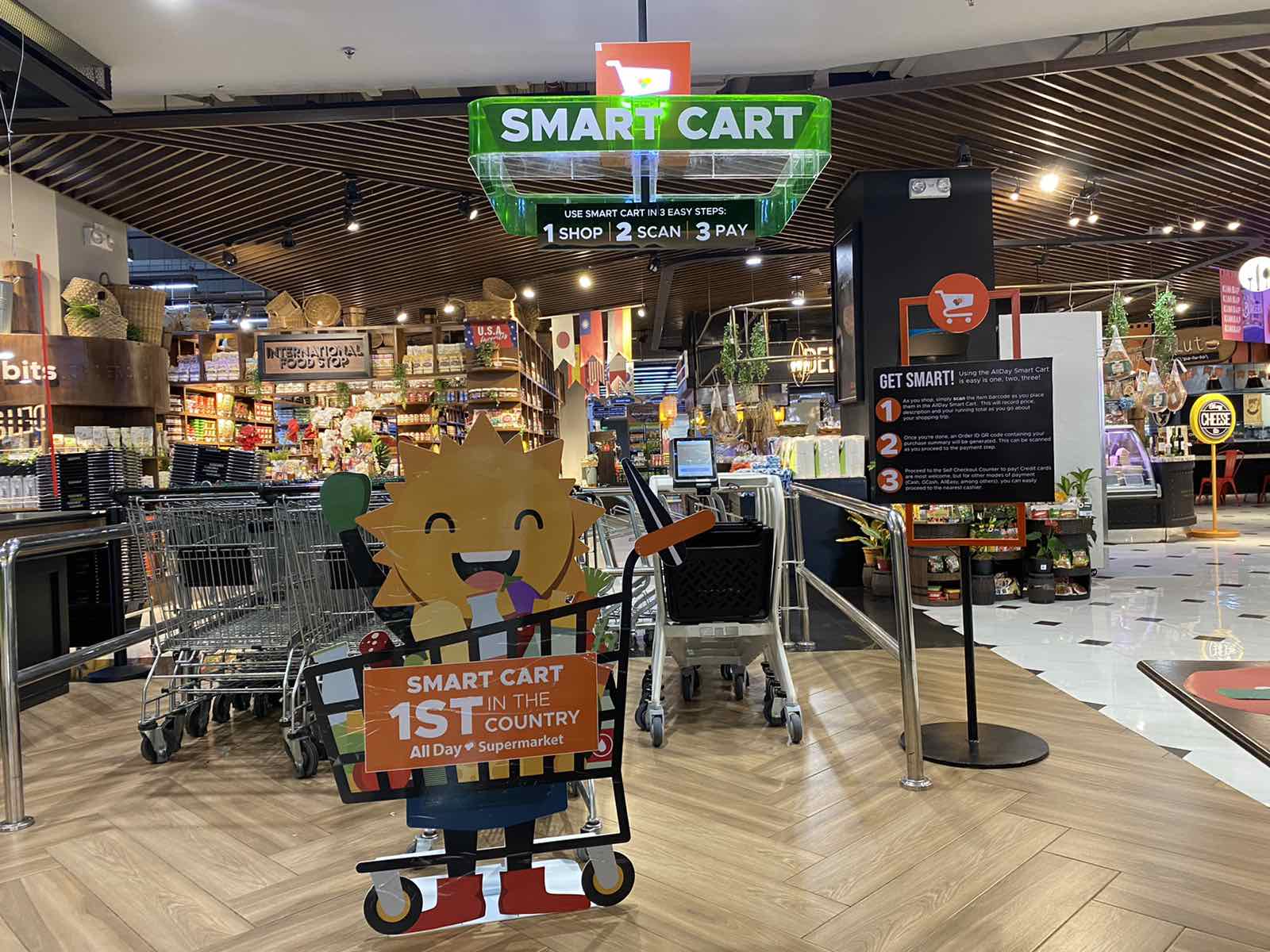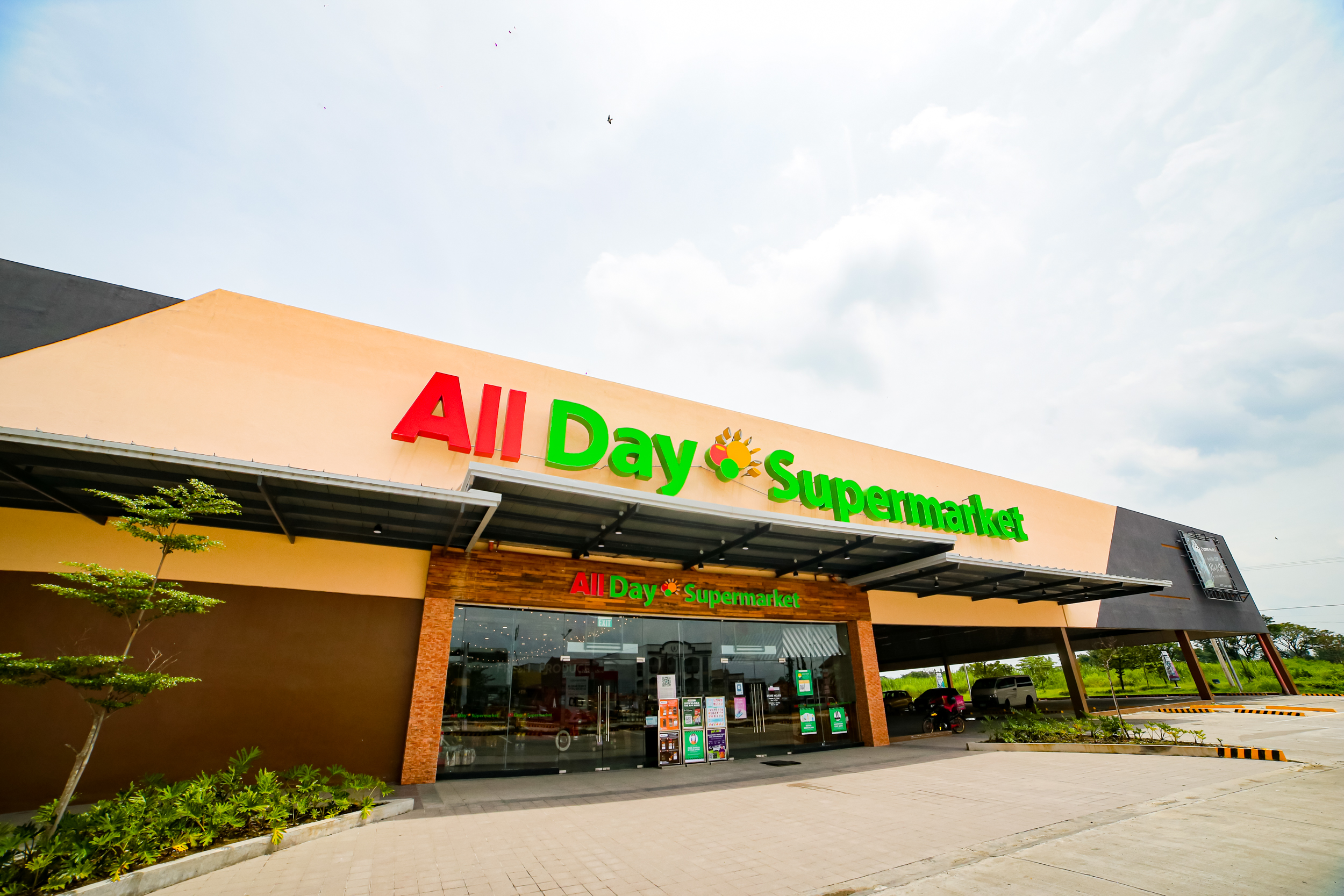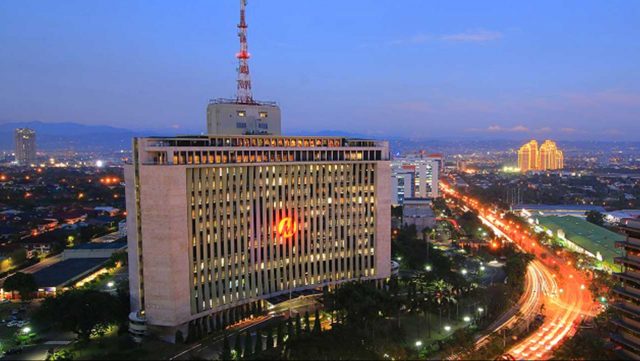Prospects of lifting the travel ban
In view of increased vaccination rates and the ardent desire to reopen the economy, the Philippine government has updated the guidelines on entry, testing, and quarantine protocols of foreign nationals. On Feb. 3, the Inter-Agency Task Force for the Management of Emerging Infectious Diseases (IATF-EID) issued Resolution No. 160-B which temporarily suspended the classification of countries, territories, or jurisdictions into “Green,” “Yellow,” and “Red,” and partially lifted the long-standing travel ban which has been in effect since March 2020.
Effective Feb. 10, fully vaccinated aliens coming from non-visa required countries listed in Executive Order No. 408, s. 1960 may already enter the Philippines, provided that they are entering for purposes of business or leisure. The new guidelines effectively superseded the Department of Foreign Affairs (DFA) Foreign Service Circular No. 29-2020 which suspended visa-free entry privileges to qualified foreign nationals during the COVID-19 pandemic.
Under the new guidelines, an arriving foreign national should present a negative RT-PCR test taken within 48 hours prior to departure from his country of origin or first port of embarkation, an acceptable proof of vaccination, a valid return ticket scheduled not later than 30 days from his date of arrival, a passport valid for a period of at least six months, and proof of insurance for COVID-19 treatment costs with a minimum coverage of $35,000.
The IATF Resolution did not affect the current entry guidelines of visa-required foreign nationals, i.e., they may only enter the Philippines if they have successfully secured an approved entry exemption document from the Department of Foreign Affairs (DFA) and a 9(a)/temporary visitor visa from a Foreign Service Post abroad.
In any case, the new guidelines provide that foreign nationals who are qualified for entry are no longer required to observe facility-based quarantine but shall self-monitor for any COVID-19 symptom for seven days, with the first day being their date of arrival.
In a Press Release dated Feb. 6, Bureau of Immigration Commissioner Jaime H. Morente clarified that unvaccinated foreign nationals, regardless of visa type, as well as those who are unable to present entry exemption documents, if required, shall be subject to exclusion proceedings and will be made to board the next available flight back to their respective ports of origin.
Thereafter, the IATF issued Resolution No. 160-D on Feb. 10 which sought to supplement Resolution No. 160-B. Under the new Resolution, the IATF clarified that non-visa required foreign nationals who intend to stay in the country beyond 30 days, or those coming for purposes other than tourism/leisure (i.e., long-term employment, etc.), are not covered by the partial lifting of the travel ban and should secure an approved entry exemption document from the DFA in order to enter the Philippines. This means that inbound foreign nationals who shall avail of the visa-free privilege upon arrival are expected to leave the country within 30 days. Their 9(a)/temporary visitor visas are non-extendible and cannot be converted to another type of visa.
The issuance of these Resolutions appears to be the national government’s response to the growing clamor to reopen our borders. However, we have yet to see whether the IATF will come up with guidelines that will extend the lifting of the travel ban to those coming for long-term employment. As it stands, local employers who are in need of foreign manpower are first and foremost required to apply for exemption from the DFA and prove the necessity of the foreign national’s physical presence in the country. The current IATF Resolutions seem to favor tourists and temporary visitors, but leave out those who intend to stay in the Philippines for the long-term. We may only hope that these issuances are just initial steps in ultimately relaxing the current travel restrictions, while also considering the status of the health crisis and our readiness to admit more inbound travelers.
The views and opinions expressed in this article are those of the author. This article is for general informational and educational purposes, and is not offered as, and does not constitute, legal advice or opinion.
Napoleon L. Gonzales III is a senior associate of the Immigration Department of the Angara Abello Concepcion Regala & Cruz Law Offices (ACCRALAW).
(632) 8830-8000


